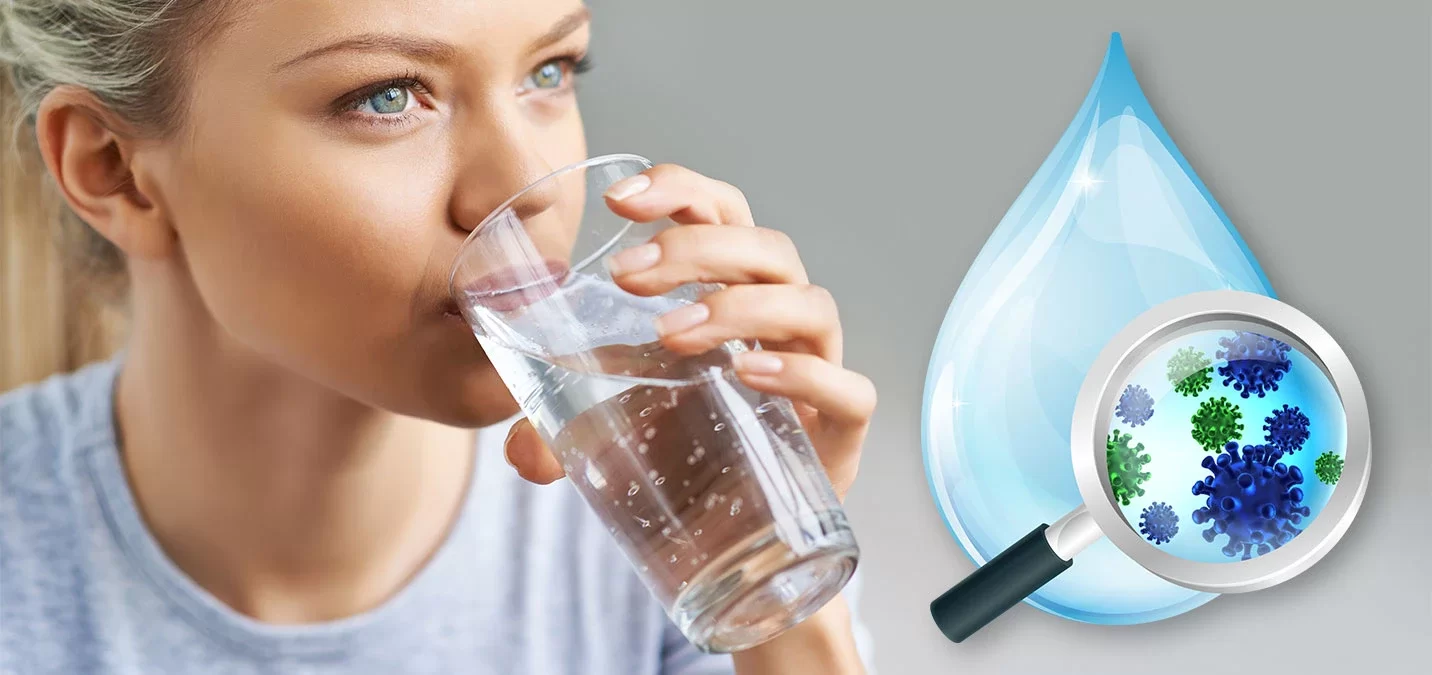Choosing which water filter removes microbes? The answer may surprise you! Several types of filters remove microbes, including physical, UV, and reverse osmosis. But, to make your choice easier, here are some of the main types of filters:
Reverse osmosis
A reverse osmosis water filter is a process of separating solutions containing different concentrations of salts and other impurities. Water is pushed through a semi-permeable membrane through osmotic pressure to dilute the more concentrated solution. The result is pure water on the downstream side. The process removes particles, bacteria, colloids, pyrogens, and other dissolved organic and inorganic substances. The membrane pore size is around 150-200 angular.
The process uses different chemicals for the filtration of different types of microbes. The MIC value of a specific bacteria is determined by its resistance to different types of chemicals. In the study, a solution of 225 grams of citric acid was added to 45 liters of purified water. The solution reached a final pH level of 2.0 to 2.5. The solution is then added to the reverse osmosis membrane before point 06 and before application of the 1% PAA+H2O solution.
UV
A UV water filter is an environmentally friendly way to disinfect water. These filters emit ultra-violet light, which disrupts the DNA of bacteria and other microbes. The Germicidal Spectrum is another name for ultraviolet light. The light source is mounted in front of the flow chamber, exposing the water as it passes through. It is effective in reducing harmful microbes by more than 99.999%.
When looking for a UV water filter, it is important to understand how much light is needed to kill contaminants. Fortunately, there are several options available to help you choose a UV water filter that’s right for your home. You can find point-of-use systems, whole-house systems, and other types. Consider how much ultraviolet radiation you want to expose your family to before making a decision. Make sure the UV water filter you choose is near 40,000 nanowatts. Another important consideration is the transmittance capacity of the UV light.
Physical
A physical characteristic of a water filter is its ability to capture dissolved and colloidal matter, thereby removing microbes and their contaminants. Remains can contain dissolved inorganic compounds, inorganic and colloidal matter, as well as various groups of microorganisms. Table 5 shows the chemical composition of filter residues and their concentrations. Typical trace elements include copper, manganese, iron, magnesium, and zinc. Other compounds, such as metal-enriched compounds, are typically caused by the corrosion of metallic pipes and fittings. The presence of dark-colored residues, however, suggests the presence of organic matter.
A good quality water filter will remove many of these undesirable impurities, such as odour and sediment. It will also remove bacteria and sediment. Water filters are useful for a wide range of specialist applications, including brewing coffee and making crystal clear ice. Some models are even built with additional filters to remove limescale. It is important to follow the manufacturer’s instructions for water filtration. If you have concerns, contact your local Environmental Health Services (EHS).
Carbon
When a carbon water filter is used to filter drinking-water, microbes are removed from the water by the adsorption process of carbon. The porous structure of carbon allows contaminants to enter through small pore spaces and stick to the filter surface. Because of this pore space, bacteria can grow. Two common types of carbon filters are block and granular activated carbon. An anion exchange unit is another type of carbon water filter. It treats water as it flows through a resin that contains a negatively charged ion.
The carbon filter that uses this material is highly effective in removing a variety of contaminants. These contaminants are removed because carbon has the ability to absorb large amounts of contaminants. By absorbing contaminants, carbon filters can also remove various chemicals from water. Some of these contaminants are chlorine, chloramine, trihalomethanes, volatile organic compounds (VOCs), hydrogen sulfide, and parasites.
Distillation
Using a water distiller to purify water is a good point-of-use solution to the problem of contaminated water. While distillers are usually manual countertop units, they are also available in large commercial models. Boiling the water is another way to filter out bacteria and other pathogens. Many cities have boil-water advisories following the bursting of water pipelines. By boiling the water, you are avoiding contact with bacteria and other harmful chemicals.
Distillation is the process of converting impure water into pure steam. It is a good way to remove dissolved solids that make water hard and cause scaling. This process is also useful for neutralizing microbes. While distillation is not completely effective, it does reduce the contaminants in water. The resulting water is cleaner than ordinary tap water. However, it cannot remove all types of organic matter.
https://www.newsciti.com/a-complete-guide-to-study-in-malaysia-for-pakistani-people/

